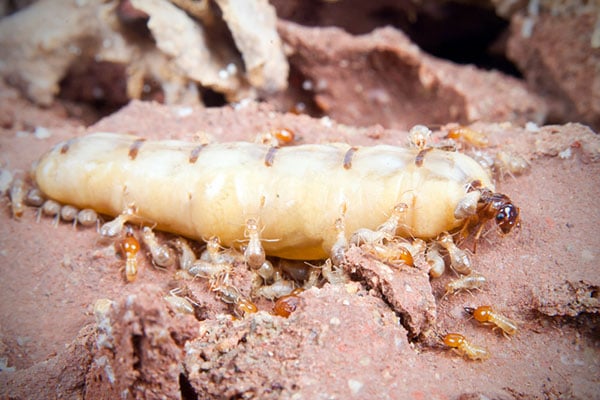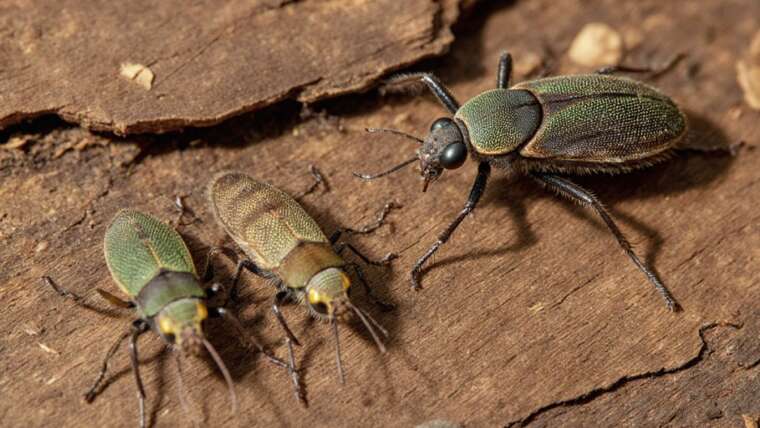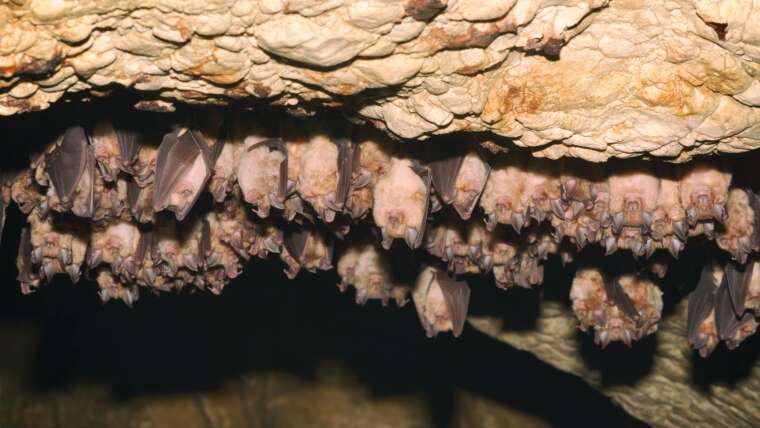How Long Do Bugs Live? A Comprehensive Guide
The lifespan of insects varies widely among species, influenced by factors such as sex, caste, surrounding environment, and life cycle. Understanding these nuances can help you better manage pest control and appreciate the diversity within the insect kingdom.
The Remarkable Termite Queen
If there’s an insect fountain of youth, the termite queen must be drinking from it. Termite queens can live up to 50 years, far outpacing most bugs. While some species enjoy a long life, many others only live for a few days or even mere hours. The lifespan of bugs is largely determined by factors including species, sex, caste, and life cycle.
Tip: Did you know that a single termite queen can produce upwards of 1,000 eggs per day? This high reproductive rate contributes to the rapid growth of their colonies.
Fire Ants
Fire ant queens typically live between two and six years, with a record lifespan of seven years. In stark contrast, male fire ants live a mere one to six months. The queen plays a pivotal role in the colony, laying up to 1,000 eggs daily, while the male’s only purpose is to mate before dying shortly after.
Fact: Fire ants are known to exhibit aggressive behavior when their nests are disturbed, and their sting can cause painful allergic reactions in some individuals.
Bed Bugs
Adult bed bugs can survive anywhere from four months to over a year under optimal conditions. They are remarkable in their ability to go an entire year without feeding and can endure a wide range of temperatures from freezing to 122°F. Bed bugs are also adept at evolving to resist conventional insecticides.
Tip: Regularly washing and drying bedding at high temperatures can help to eliminate bed bugs and their eggs, providing an effective preventive measure.
Bees
A queen honey bee has an average lifespan of two to three years, with some species living up to five years. Worker bees, on the other hand, typically live for five to six weeks during the summer, but can survive up to six months in winter. Female bees defend their hives fiercely; they can only sting once, after which they die.
Fact: Bees communicate with each other through a unique “waggle dance,” which conveys the direction and distance of food sources.
Cockroaches
Cockroaches can live for up to two years, depending on the species. Remarkably, some species, like the German cockroach, have varied life expectancies, with females living 20 to 30 weeks. American cockroaches, however, typically live from one to one and a half years. Interestingly, cockroaches can survive without a head for up to a week due to their decentralized nervous system.
Tip: Keeping your kitchen clean and sealing all food in airtight containers can significantly reduce the chances of attracting cockroaches.
Fleas
Fleas exhibit a life cycle that can span from two weeks to over a year. They enter the pupal stage by spinning cocoons and can remain there until they sense vibrations nearby, which indicates the presence of a host. Adult fleas can live about two weeks without feeding, while larvae can remain dormant for months.
Fact: Fleas can jump up to 200 times their body length, making them formidable travelers in search of new hosts.
Flies
Most flies have lifespans ranging from 15 to 25 days. Flies reach full maturity within just 12 days and a female house fly can lay around 150 eggs in a single batch. Flies develop quickly from egg, to three larval stages, to pupa, and finally to adulthood.
Tip: Utilizing fly traps in your home can help to minimize the fly population, especially during warm weather when they breed rapidly.
Mosquitoes
Adult female mosquitoes can live for over a month, while males typically die one to two weeks after maturity. The biting females need blood meals for reproduction, laying eggs in or near bodies of water. Eggs hatch into larvae, which can develop into adults in as little as two to seven days.
Fact: Mosquitoes are known to be attracted to certain scents, which is why wearing unscented products can help reduce attracting them.
Spiders
Most spiders live around two years, but some can reach up to 20 years in captivity. Female spiders usually outlive males, many of whom may perish soon after mating, often becoming prey to the females themselves.
Tip: Creating a spider-friendly environment by reducing clutter can prevent them from establishing nests in your home.
Termites
Worker termites generally have a lifespan of one to two years, while the queen can live for several decades, up to 50 years in certain species. The longevity of the queen is integral to the colony’s stability and reproduction.
Fact: Termites are crucial for the ecosystem, breaking down tough plant fibers and recycling nutrients back into the soil.
Ticks
Ticks can survive for three to five months at each life stage. Some ticks take up to three years to reach full adulthood, and once they do, their primary goal is to reproduce. Males typically die shortly after mating, while females may lay one large batch of eggs or multiple smaller ones.
Tip: Regularly checking pets and yourself for ticks after outdoor activities can significantly reduce the risk of tick-borne illnesses.
Human and Animal Comparisons
- Humans: Average lifespan of around 78.8 years.
- Dogs: Most live 8 to 19 years, average 13.5 years. Smaller breeds tend to live longer than larger ones, and mixed breeds often outlive purebreds.
- Cats: Indoor cats can live between 15 and 18 years, while outdoor cats have a significantly shorter lifespan of about three years.
- Mice: Generally live for about two years.
Understanding the lifespans and behaviors of common household insects can empower you to take actionable steps to control them, safeguarding your family’s health and your home’s integrity.





